Table of Contents
Introduction to Coriander Seeds
When it comes to spices, coriander seeds might not be the first thing that pops into your mind—but they should be. These tiny, aromatic seeds have been used for centuries across different cultures and cuisines. But here's the catch: coriander seeds are often confused with cilantro (the leaves of the same plant). Let's set the record straight and explore what makes coriander seeds so special.
Coriander seeds come from the Coriandrum sativum plant. While "coriander" can refer to the entire plant, in culinary contexts, "coriander seeds" specifically refers to the dried seeds, while "cilantro" refers to the fresh leaves and stems. This distinction is critical for cooking success. So, if you see "coriander" on a label but are expecting the seeds, you might just be getting a little confused. Don't worry—we'll break it down.
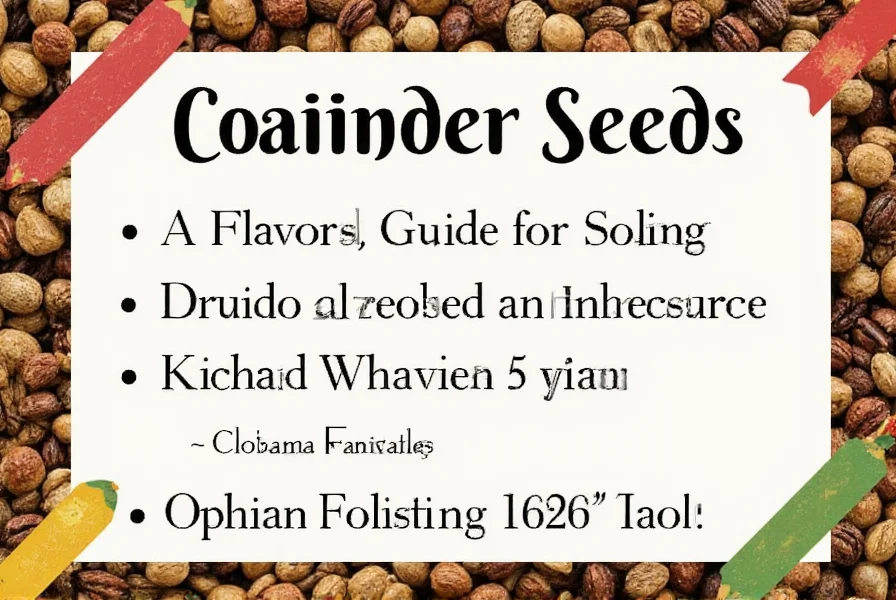
Practical Tips for Using Coriander Seeds
If you're new to coriander seeds, here are some practical tips to help you make the most of them:
- Toasting: Toasting coriander seeds before grinding or using them can bring out their full flavor. Just heat them in a dry pan over medium heat until they become fragrant—usually about 2–3 minutes.
- Grinding: Freshly ground coriander seeds add a more intense flavor than pre-ground versions. Use a spice grinder or mortar and pestle for best results.
- Pairing: Coriander seeds work well with both sweet and savory dishes. Try adding them to breads, curries, soups, and even desserts like cookies or cakes.
- Storage: Keep coriander seeds in an airtight container away from light and heat. They can last up to a year when stored properly.
- Usage in Recipes: If a recipe calls for coriander seeds, use them as directed. Note that the flavor may differ slightly from pre-ground versions, so always taste as you go!
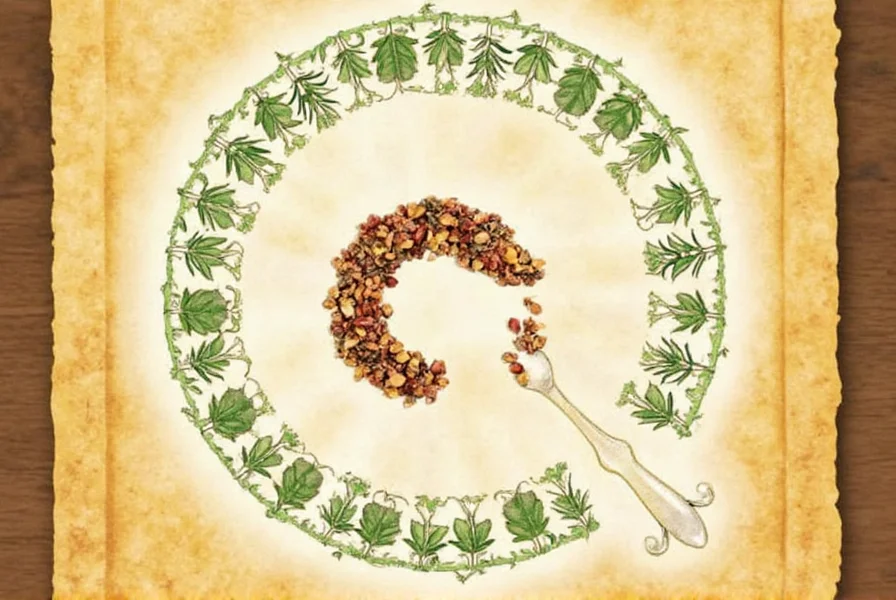
Coriander Seeds vs. Cilantro: What's the Difference?
This is one of the most common points of confusion in the world of spices. Let's clarify once and for all:
| Aspect | Coriander Seeds | Cilantro (Leaves) |
|---|---|---|
| Plant Part | Dried seeds | Fresh leaves and stems |
| Flavor Profile | Warm, nutty, citrusy | Lemony, fresh, slightly soapy |
| Usage | Cooking, baking, seasoning | Salads, salsas, garnishes |
| Common Names | Coriander seeds, Chinese parsley seeds | Cilantro, Chinese parsley |
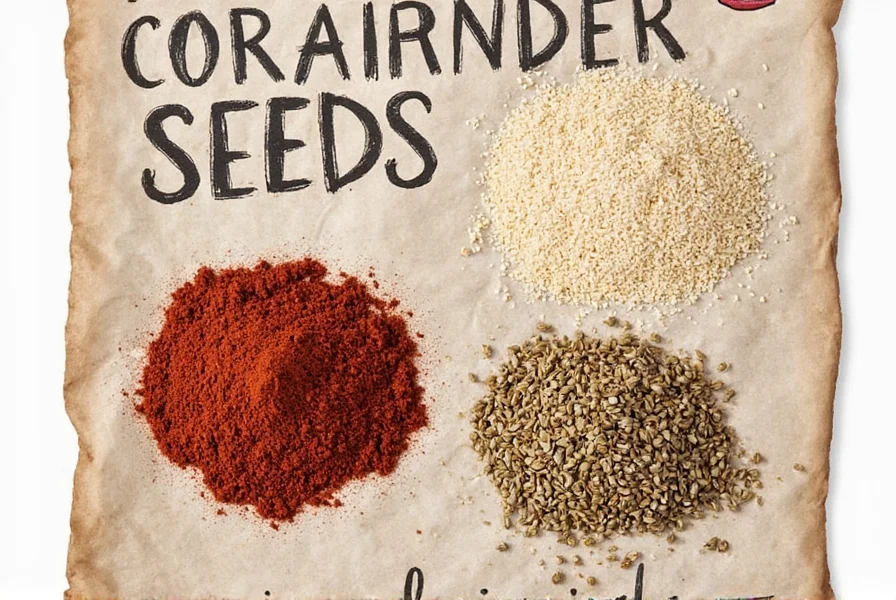
Buying Guide: How to Choose the Best Coriander Seeds
Not all coriander seeds are created equal. Here's how to pick the best ones:
Features to Look For
- Color: High-quality coriander seeds are light brown with a slight yellowish tint. Avoid seeds that are too dark or discolored.
- Aroma: Fresh coriander seeds should have a strong, pleasant scent. If they smell stale or musty, they're probably old.
- Size: Look for uniform-sized seeds. Larger seeds tend to be more flavorful.
- Source: Organic or ethically sourced coriander seeds are often of higher quality and better for the environment.
Best Products to Try
If you're looking to buy coriander seeds, here are a few highly rated options:
- Organic Coriander Seeds (500g)
- Features: 100% organic, no additives, high-quality
- Use Cases: Baking, cooking, seasoning
- Target Audience: Health-conscious cooks and home bakers
- Suitable Occasions: Everyday meals, special recipes, holiday baking
- Ground Coriander Seeds (250g)
- Features: Pre-ground, easy to use, consistent flavor
- Use Cases: Quick seasoning, marinades, sauces
- Target Audience: Busy chefs and casual cooks
- Suitable Occasions: Weeknight dinners, fast meals, on-the-go cooking
- Coriander Seed Mix (1kg)
- Features: A blend of coriander, cumin, and fennel for extra depth
- Use Cases: Curries, stews, spice blends
- Target Audience: Spice enthusiasts and international cuisine lovers
- Suitable Occasions: Cooking classes, cultural festivals, themed dinners
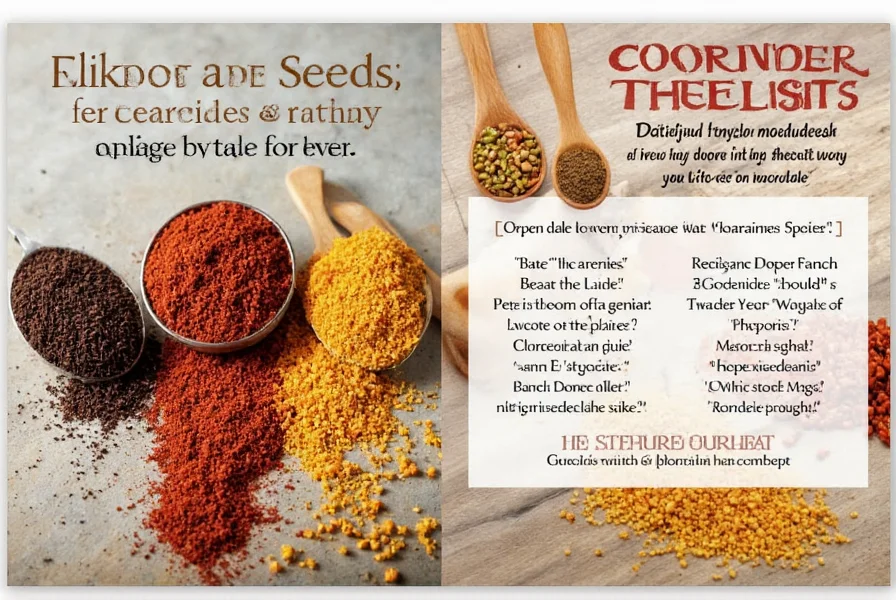
Culinary Uses and Pairings
Coriander seeds are incredibly versatile in the kitchen. Here are some creative ways to use them:
- Bread and Baked Goods: Add a pinch of ground coriander to bread, bagels, or crackers for a unique twist.
- Curries and Stews: Coriander seeds are a key ingredient in many Indian, Middle Eastern, and Southeast Asian dishes. They pair beautifully with turmeric, garlic, and ginger.
- Marinades and Rubs: Mix coriander seeds with olive oil, salt, and other spices for a flavorful rub for meats or vegetables.
- Seasoning Blends: Combine coriander with cumin, cinnamon, and cardamom for a custom spice mix.
- Drinks: In some regions, coriander seeds are used to flavor teas, cocktails, and even beer.
One fun tip: try adding coriander seeds to your favorite chocolate or cookie recipe for a subtle, earthy kick. It's a great way to surprise your taste buds!
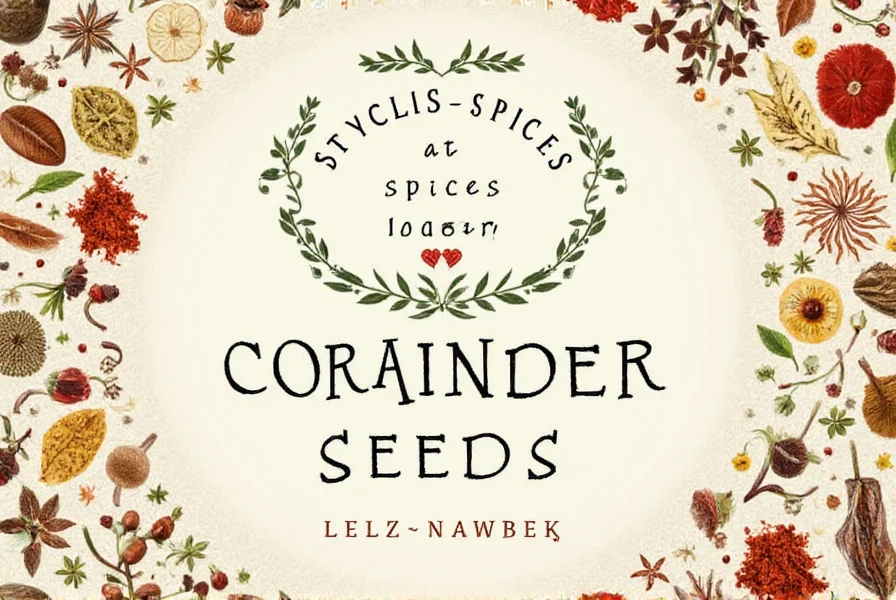
Frequently Asked Questions About Coriander Seeds
What exactly are coriander seeds?
Coriander seeds are the dried seeds of the Coriandrum sativum plant. They're often confused with cilantro (which refers to the leaves of the same plant), but coriander seeds specifically refer to the seeds used as a spice in cooking.
Are coriander seeds and coriander the same thing?
Yes, "coriander seeds" and "coriander" when referring to the seeds are the same. However, "coriander" alone can be ambiguous because in some regions (like North America), "coriander" refers to the leaves (cilantro), while in others (like the UK), "coriander" refers to the seeds. Always check the context to know whether you're dealing with seeds or leaves.
How should I store coriander seeds to keep them fresh?
Store coriander seeds in an airtight container away from light and heat. Whole seeds can last up to a year when stored properly, while ground coriander typically retains its flavor for about 6 months.
What's the best way to use coriander seeds in cooking?
For maximum flavor, toast the seeds in a dry pan for 2-3 minutes until fragrant before grinding or using them whole. They work well in both sweet and savory dishes, from curries and stews to breads and cookies.
What are the health benefits of coriander seeds?
Coriander seeds may aid digestion, reduce inflammation, and support heart health. They contain antioxidants and have been used in traditional medicine for centuries, though more research is needed on their specific health effects.
Can I substitute coriander seeds for fresh cilantro?
Not directly, as they have very different flavor profiles. Coriander seeds have a warm, nutty, citrusy flavor while fresh cilantro has a bright, lemony taste. In some recipes you might use both for complementary flavors, but they're not interchangeable.
Fun Facts About Coriander Seeds
Here are some interesting tidbits about coriander seeds that might just make you appreciate them even more:
- Historical Significance: Coriander seeds have been used for over 4,000 years, dating back to ancient Egypt and Mesopotamia.
- Health Benefits: Some studies suggest that coriander seeds may help with digestion, reduce inflammation, and even support heart health.
- Controversial Taste: Surprisingly, some people find the taste of coriander seeds unpleasant. This is due to a genetic trait that affects how we perceive certain compounds in the spice.
- Used in Cosmetics: Coriander essential oil is sometimes used in skincare products for its antimicrobial properties.
- Spice of the Month: In some cultures, coriander seeds are celebrated as the "spice of the month" in local festivals or markets.
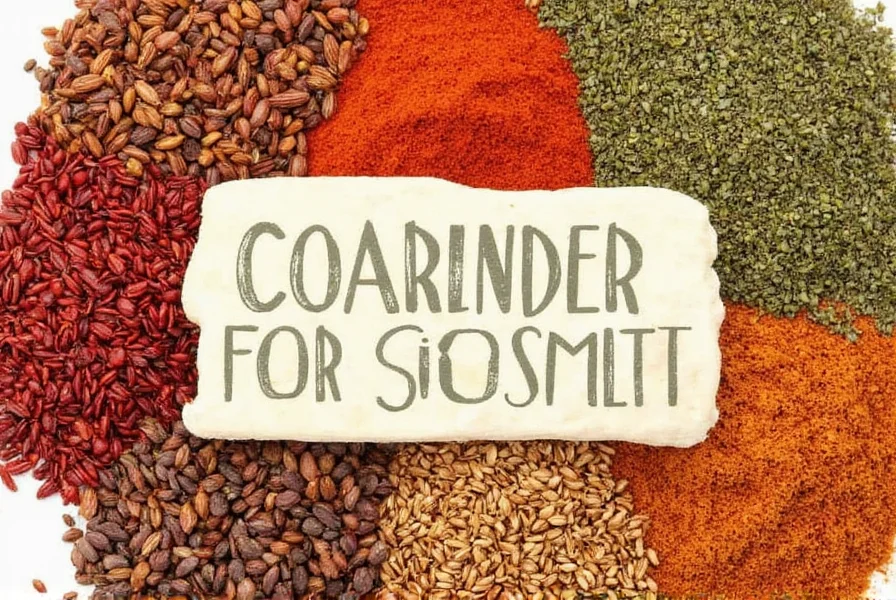
Conclusion
Coriander seeds are more than just a spice—they're a gateway to a whole world of flavor, tradition, and creativity. Whether you're a seasoned chef or a curious home cook, these tiny seeds can elevate your dishes in unexpected and delightful ways.
Remember, coriander seeds are not just for Indian curries or Middle Eastern stews. They can be used in everything from baked goods to drinks. And while they may sometimes be confused with cilantro leaves, they have their own distinct role in the kitchen.
So next time you see coriander seeds on a shelf, don't pass them by. Give them a try, and who knows—you might just discover a new favorite spice.
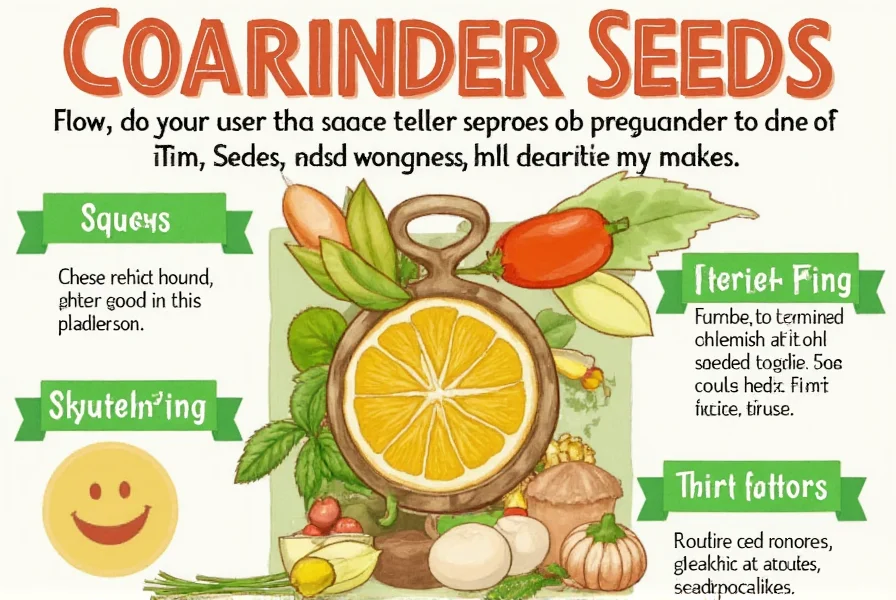

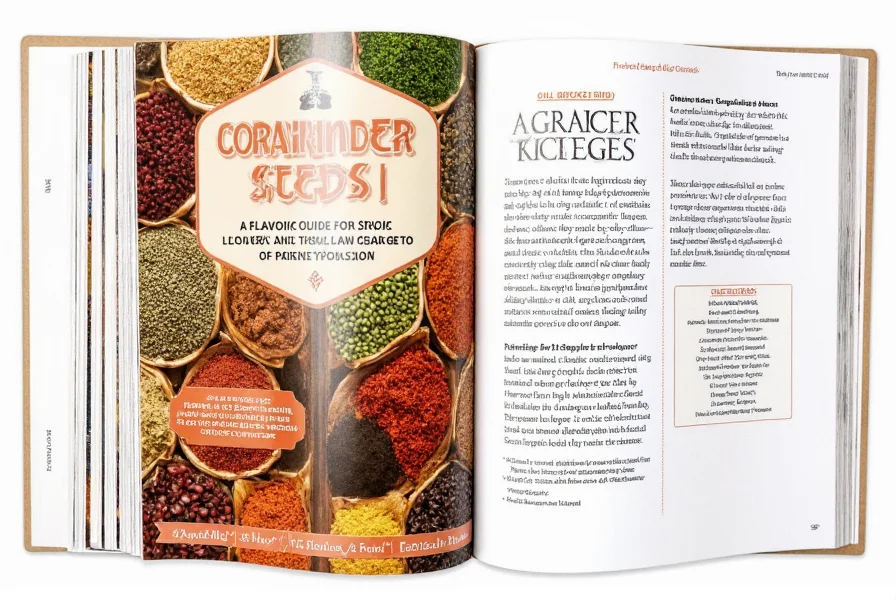









 浙公网安备
33010002000092号
浙公网安备
33010002000092号 浙B2-20120091-4
浙B2-20120091-4